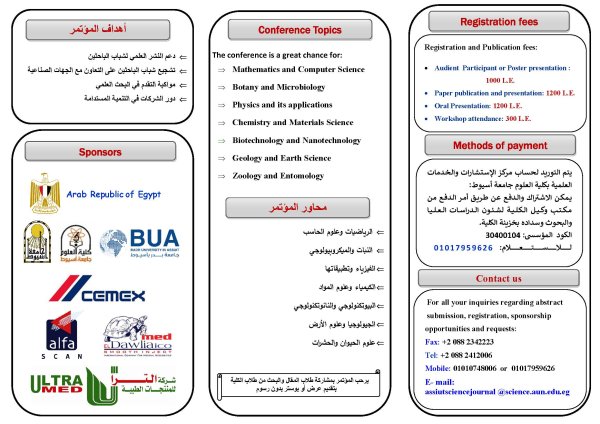Available online 12 October 2023 0014-4894/© 2023 Elsevier Inc. All rights reserved. In vitro and In silico assessment of antischistosomal activities of ethanolic extract of Cornulaca monacantha
Schistosomiasis is the second most prevailing parasitic disease worldwide. Although praziquantel is considered
an effective drug in the treatment against schistosomiasis to some extent, there is an emerging drug resistance
that widely recorded. Therefore, there is an urgent need to develop effective and safe anti-schistosomal drugs. In
this study, Cornulaca monacantha (C. monacantha), a sub-saharan plant, was extracted using aqueous ethanol and
characterized by High-Performance Liquid Chromatography (HPLC). Major constituents of the extract are
belonging to flavonoids, tannins and phenolic glycosides. Worms’ viability and surface morphology of Schistosoma
mansoni (S. mansoni) adult worms treated with the extract were assessed using in vitro viability assay,
Scanning Electron Microscopy (SEM), and histological examination. The extract (80–350 μg/ml) reduced
viability percentage of worms by 40–60% and caused degeneration of both oral and ventral suckers, tegumental,
sub-tegumental and muscular damage. Molecular docking approach was utilized to assess the binding affinities of
the extracted compounds with S. mansoni alpha-carbonic anhydrase (SmCA), an essential tegument protein.
Pharmacokinetic analysis using SwissADME showed that 7 compounds have high drug similarity. This study
confirms the in vitro schistomicidal activity of C. monacantha extract against S. mansoni adult worms and suggests
potential SmCA inhibition.




